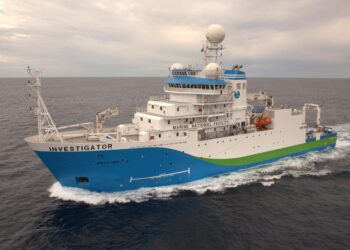
Image via CrunchBase
Two recent posts caught my eye, both touching on the same topic generally — the continued and rapid reinvention of the news business.
Robert Scoble is urging newspapers to iterate fast, and to behave like a technology industry. He makes a compelling argument, basically that users are moving faster than newspapers, and a gap is opening. Only by pushing forward with many quick experiments can news organizations hope to catch or keep up. To do this, news has to have more urgency and be sourced differently.
Scott Karp notes how the link economy is about to be forever changed as major players like the New York Times and Washington Post enter it with their brands, editorial heft, and traffic. One of the most shocking changes this might portend is the end to reliance on the Associated Press. Tribune Co. has already signaled its intent to drop the AP. Others are sure to follow, as people realize news can be linked to instead of purchased.
The Internet is breaking news — into different forms, new segments, and changing configurations.
Once broken, how will it be reassembled? Scholarly publishers should take note. Our readers want broad, synthesized coverage of a vast array of information, yet we’re in the habit of providing them with silos defined as journals. Why do that in the networked world? Editorial hubris, brand integrity, and tradition are often cited, but a truly user-centric approach would drive publishers to find answers that elude them otherwise.
And that will be refreshing news, indeed.
![Reblog this post [with Zemanta]](http://img.zemanta.com/reblog_e.png?x-id=7d33fd8d-b847-44a9-9200-0daaaf30f10b)


